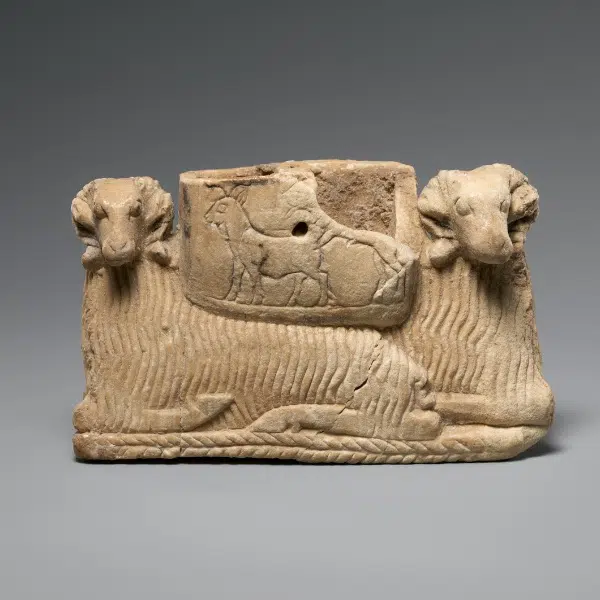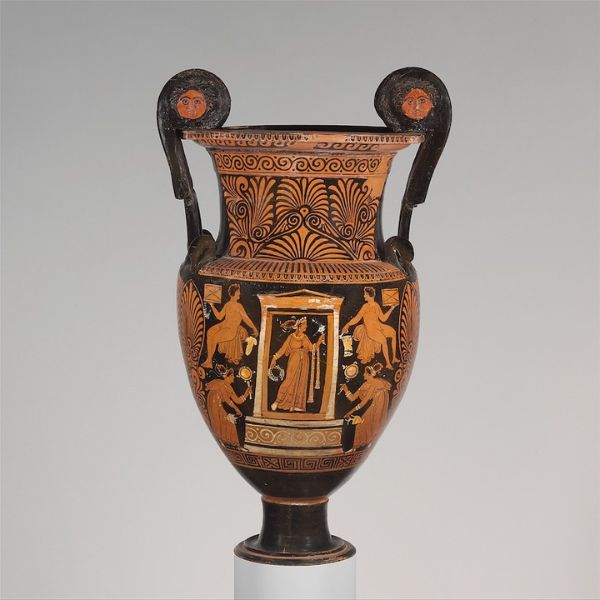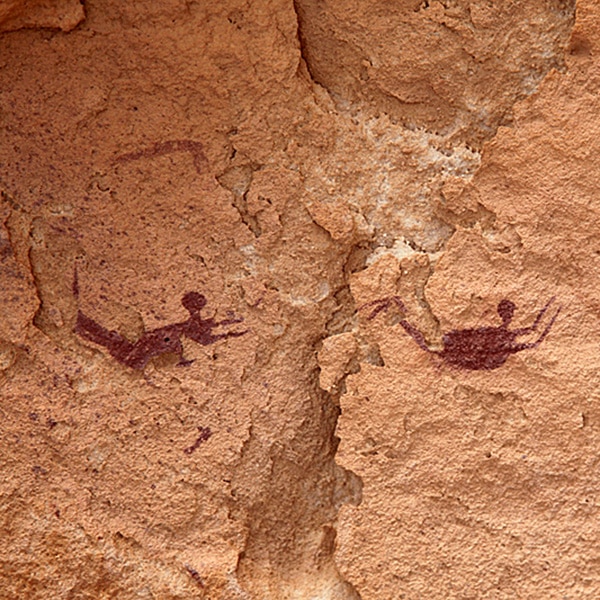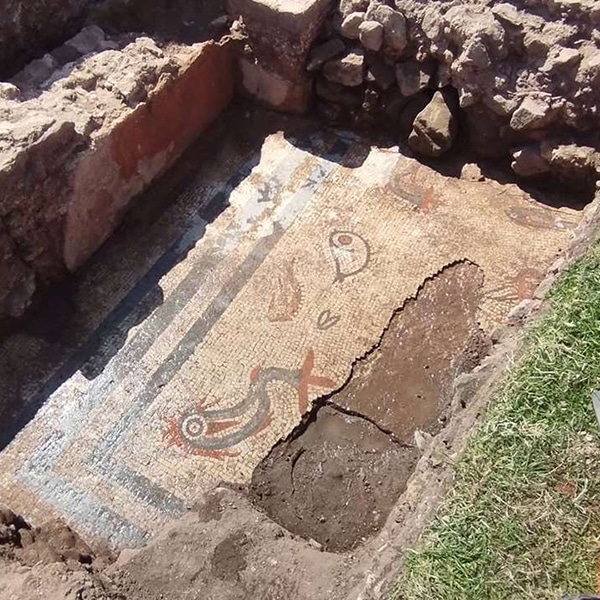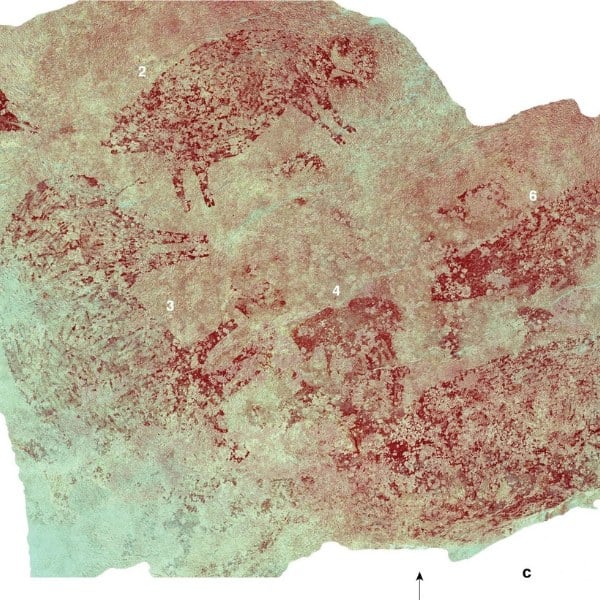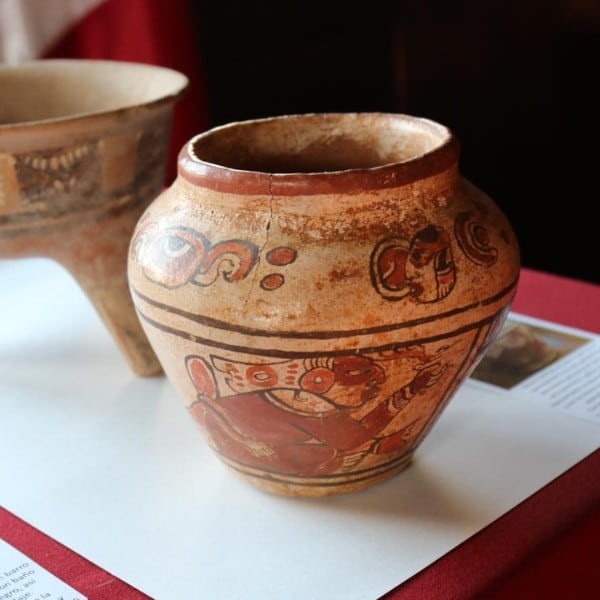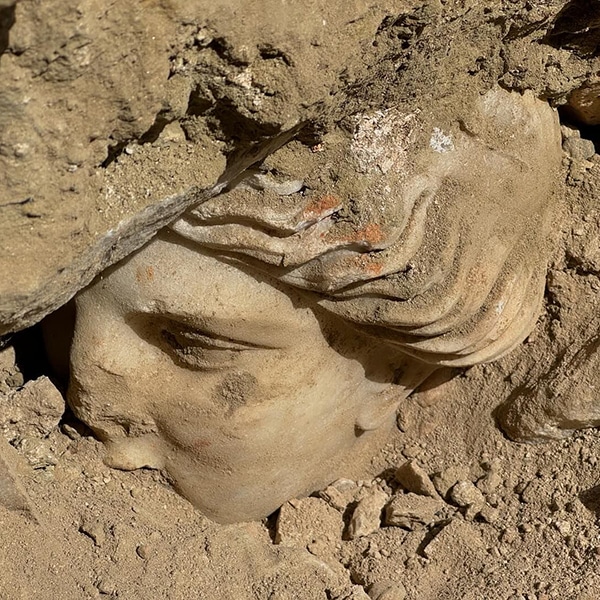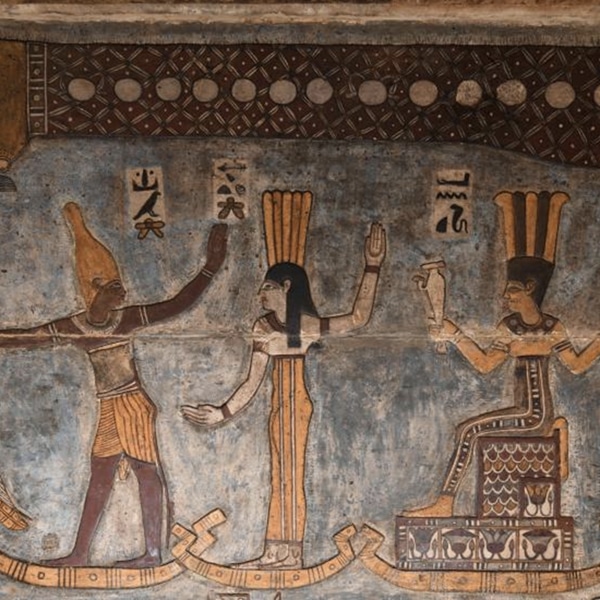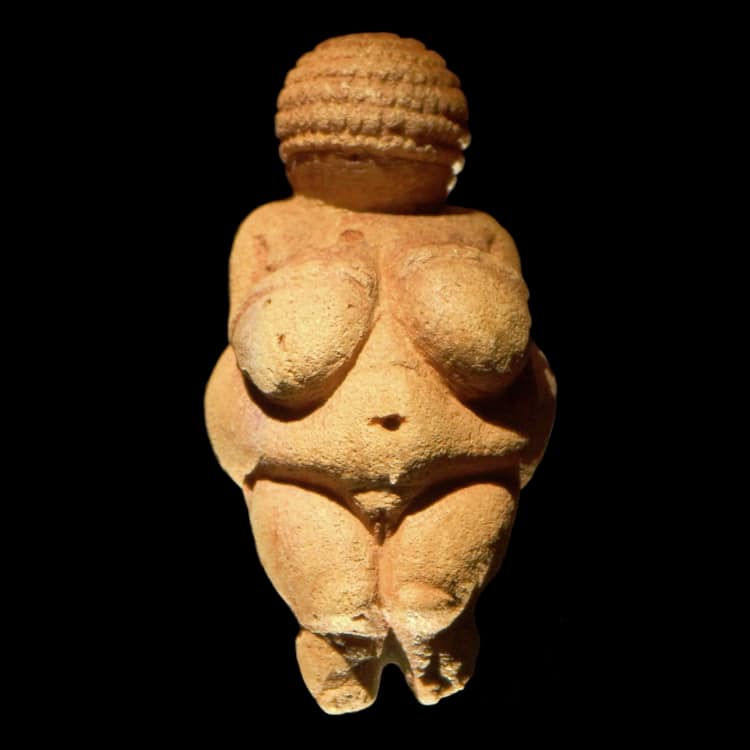
Photo: Wikimedia Commons GNU FDL
Throughout history, countless creatives have found inspiration in Venus, the Roman goddess of love. Derived from Aphrodite, a prominent deity in ancient Greek mythology, Venus was central to Roman worship—and, in turn, to art of the time. While the 2nd-century-BCE Venus de Milo is perhaps the most well-known sculpture of the goddess, it is not the oldest; in fact, that honor goes to the Venus of Willendorf, a piece that predates the myth itself by over 20,000 years.
Discovered in the early 20th century, this small statuette was retroactively given this title based on the belief that it was intended as a fertility sculpture. While this hypothesis has held water for years, historians, archaeologists, and other experts in the field today still aren't certain about its portrayal, purpose, or even origins, making this sculpture one of the most mysterious in the world.
The Venus of Willendorf

Photo: Wikimedia Commons CC BY 4.0
The Venus of Willendorf is a 4.4-inch tall carving discovered in Willendorf, Austria. It is believed to have been crafted between 30,000 and 25,000 BCE, making it one of the world's oldest known works of art.
Carved from limestone decoratively tinged with red ochre, the statuette depicts a female nude. Though without a face, the crown of the figure's head is decorated with a repeating motif resembling either a braided hairstyle or a patterned headdress. Even more fascinating than the sculptor's decision to leave the figure faceless, however, is the way that he or she opted to depict her body—i.e. by exaggerating proportions and emphasizing features associated with sexual reproduction and fertility.
Because of the figure's prominent breasts, rounded abdomen, and shapely hips, many researchers over time have concluded that the carving was intended to be a fertility statue, or “Venus figurine.”
What are Venus Figurines?

“Venus Impudique” (Photo: Wikimedia Commons Public Domain)
A Venus figurine is a small statuette of a female figure crafted during the Upper Paleolithic era. While the details surrounding the figures' origins are murky, most historians believe that they served a ritual purpose and likely celebrated ideas linked to fertility, including femininity, goddesses, and eroticism.
Today, 144 fertility figurines have been found in Europe and Asia. While not all of these statuettes share the Venus of Willendorf's voluptuous features, most do. This is because, during the Stone Age, such an appearance was inherently linked to a woman's ability to conceive, making a full-figured woman an ideal subject for a sculptor interested in fertility.
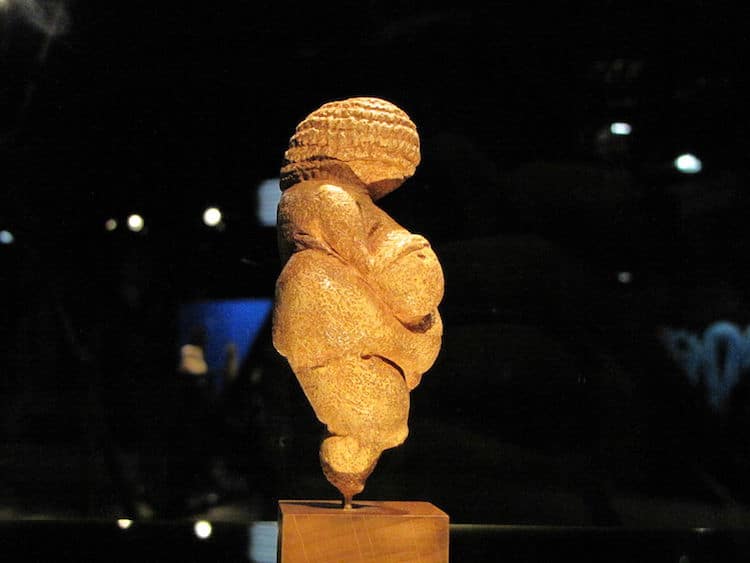
Photo: Wikimedia Commons Public Domain
“The people who made this statue lived in a harsh ice-age environment where features of fatness and fertility would have been highly desirable,” PBS explains. “So in Paleolithic people terms, the parts that mattered most had to do with successful reproduction – the breasts and pelvic girdle. Therefore, these parts were isolated and amplified by the artist's brain.”
Because of the sexually-charged nature of these statuettes, Paul Hurault—an amateur archaeologist who first discovered such a figurine in 1864—opted to name them after Venus, the goddess of love, beauty, desire, and sex.
Though intended to be tongue-in-cheek (Hurault deemed his ivory discovery the Venus Impudique, or “immodest Venus,” as a play on the term Venus pudica, a pose found in Classical art.), the name stuck, and the Venus of Willendorf received a similar title when it was unearthed nearly 50 years later.
The Venus of Willendorf‘s Discovery and Legacy
On August 7, 1908, Johann Veran uncovered the tiny statue while participating in excavations at a paleolithic site near Willendorf, an Austrian village. Initially, archaeologists dated the sculpture to around 10,000 BCE. However, further study has led to an increasingly earlier origin.
In the 1970s, researchers concluded it was around 20,000 years old. Following a 1990 analysis of the rock layers in which the piece was found, however, the date was revised to 25,000 to 30,000 BCE—a hypothesis that remains the most prevalent today.
In addition to its staggering age, the Venus of Willendorf is paradoxically celebrated for the mystery that surrounds it. Though little is known about its origins, it has come to be not only a highlight of the Naturhistorisches Museum (Vienna's Natural History Museum), but of art history as a whole.
Related Articles:
The Significance of Botticelli’s Renaissance Masterpiece ‘The Birth of Venus’
The History of Cupid in Art: How the God of Love Has Inspired Artists for Centuries
How Caryatids Have Beautifully Blended Sculpture and Architecture Since Ancient Times













































































